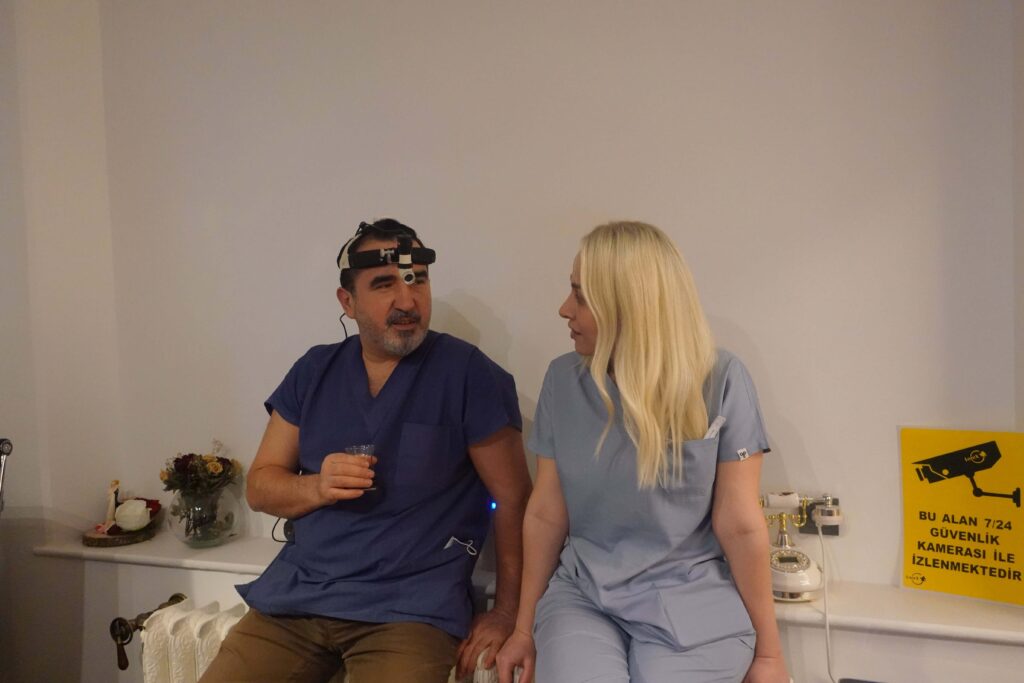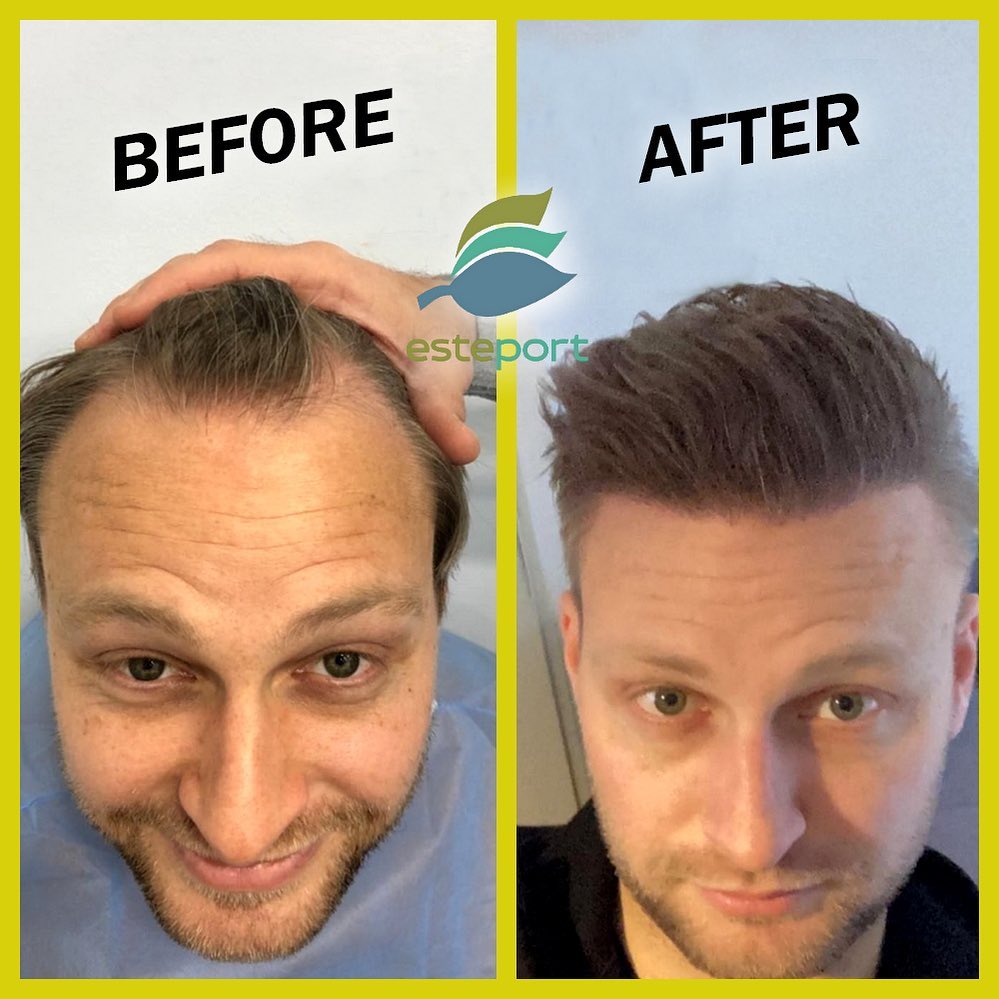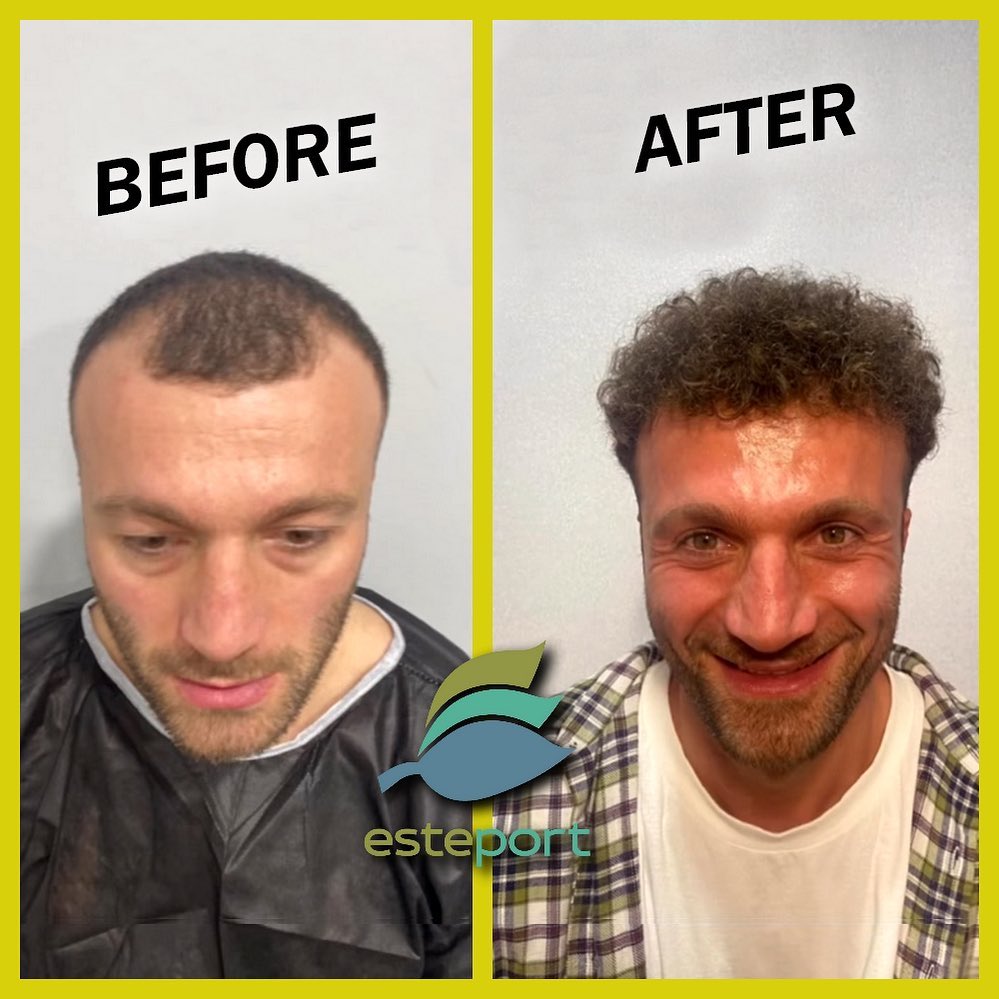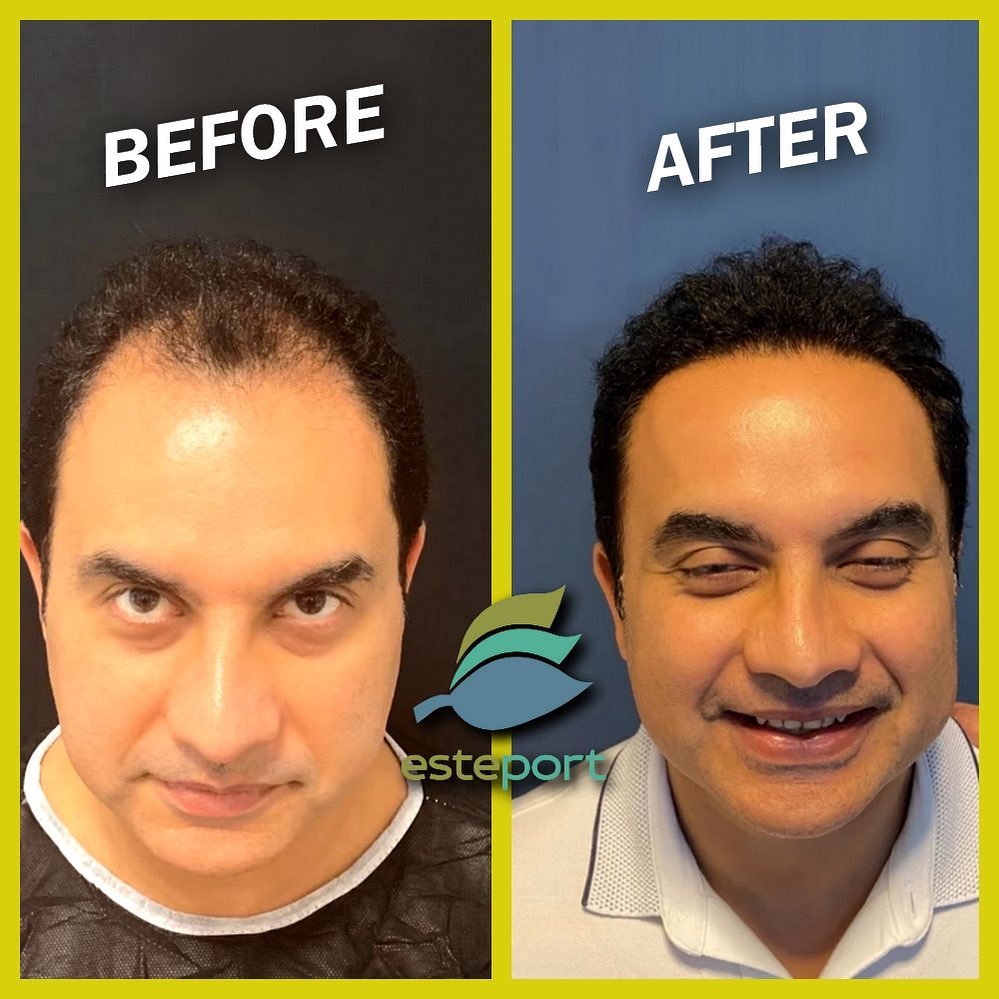Dhi Hair Transplant Turkey
Ana sayfa » Blog » Hair Transplant » Dhi Hair Transplant TurkeyHair loss is common in men and women. It can make you feel bad about yourself. But, there are many ways to help, like DHI hair transplant. In this article, we’ll talk about DHI, why it’s good, how it works, and tips for aftercare.
How Much Does Dhi Hair Transplant Cost?
Usually, DHI hair transplant in Turkey costs between $2,000 and $3,000. This is much cheaper than in many places. The price covers your stay, airport pickup, and local travel. We offer a package deal.
Operation Report Card.
| Question | Answer |
|---|---|
| Is DHI painful? | Some discomfort. |
| How long does the procedure take? | Between 2-8 hours. |
| What is the recovery time? | Recovery can take 1-2 weeks |
| Success rate of DHI | Often above 90%. |
| How long until results are visible? | Initial results appear after 3-4 months, full growth by 12-18 months. |
| Can women undergo DHI? | Yes |
| Permanent | Yes |
| Side effects? | Swelling, infection, scalp irritation, and unnatural-looking tufts. |
Dr. Ali Mezdeği

Benefits of DHI hair transplant
DHI hair transplant has many pluses. It’s less painful and not as invasive. You recover faster. More hair tends to survive. The results look natural. And you usually don’t see any scars.
DHI hair transplant steps:
- Numbing: The scalp is made numb to lessen discomfort in the surgery.
- Getting hair roots: Hair roots are taken from a donor area with a small tool.
- Storing hair roots: These hair roots are kept safe until they’re ready to be put in.
- Putting hair roots in: A Choi pen is used to put hair roots in the right area.
- Aftercare: After surgery, you’ll learn how to look after your scalp and hair. You might need pain or infection medicine. For about two weeks, you should avoid hard activities, sun, and wearing hats or helmets.
RELATED: Fue Hair Transplant in Turkey
What is the Healing Process for DHI Hair Transplant?
Healing after DHI hair transplant is often quicker and simpler than other hair methods. But, you need to follow aftercare steps closely to get the best results and lower the risk of problems.
Here are the stages of the healing process for DHI hair transplant:
- Your translation request is already in English. If you want it translated to another language, please specify which one.
- First week after the surgery: You should avoid touching or rubbing your scalp and avoid exposure to direct sunlight. You may also need to sleep with your head elevated to reduce swelling.
- Two weeks after surgery: You can start washing your hair softly with gentle shampoo and warm water. But, avoid using strong hair products for a month after surgery.
- Three weeks after surgery: You might see some new hair fall out, but this is normal. Keep following aftercare steps and stay away from heavy activities that make you sweat or touch your scalp a lot.
- Four weeks after surgery: You can go back to usual things like working out or wearing hats. But, stay away from anything that might hurt your scalp.
- Three to six months after the surgery: You should start to notice new hair growth in the transplanted area. However, the hair may appear thin and sparse at first, and it may take up to a year for the full results to develop.
Risks and complications of DHI hair transplant
DHI hair transplant has some risks like any surgery. These can include infection, bleeding, swelling, pain, scarring, damage to hair roots, or results that aren’t what you wanted. But, if you pick a good doctor and take care of yourself after the surgery, these risks can be less.
RELATED:Fut Hair Transplant in Turkey
Is FUE or dhi better?
FUE (Follicular Unit Extraction) and DHI (Direct Hair Implantation) are both techniques used in hair transplantation, and each has its own advantages and considerations.
FUE (Follicular Unit Extraction):
- Procedure: Involves extracting individual hair follicles from a donor area (usually the back of the head) using a small punch tool and then transplanting these follicles into the areas where hair is thinning or balding.
- Scarring: Leaves tiny scars that are less noticeable and allows for shorter haircuts compared to older methods like strip harvesting.
- Recovery: Generally, the recovery time is relatively quick, and the procedure is less invasive.
- Suitability: Can be used for larger areas and is often preferred when a patient likes to wear their hair very short, as the scarring is minimal.
DHI (Direct Hair Implantation):
- Procedure: Similar to FUE in terms of extracting hair follicles, but differs in the implantation process. In DHI, a specialized tool is used for direct implantation of the hair follicles into the scalp, without the need to create pre-made incisions.
- Precision and Density: Offers more control over the depth, direction, and angle of implantation, which can result in a more natural-looking outcome and higher density.
- Recovery: DHI might involve a more delicate post-procedure period due to the direct implantation technique.
- Suitability: Often chosen for smaller areas or when high density and natural-looking results are the primary goals.
Which is Better?
The choice between FUE and DHI depends on individual needs, the extent of hair loss, the quality of the donor hair, personal preferences, and the recommendation of the hair transplant specialist. Both methods have high success rates and can produce natural-looking results. It’s important to have a thorough consultation with a qualified hair transplant surgeon to determine which method is best suited for your specific case.
Before After



Click for more before after pictures
Clinic View ve 360°
Our place on the map
FREE CONSULTATION
If you want a DHI hair transplant in Istanbul, you can message us on WhatsApp to see if you can have it. This can save you time and money by giving you all the info upfront.
Located in Nisantasi, Istanbul. We do all hair transplants in a hospital. We can tell you more about the procedure, like the costs and how long it takes to recover. This can help you decide if a DHI hair transplant is right for you.
Please feel free to reach out to us if you have any questions or would like to schedule a consultation.
FAQ
How long does DHI take to heal?
After a DHI hair transplant, your scalp usually heals in about 1-2 weeks. But new hair takes longer to grow. You may see first signs of growth in 3-4 months. Most people see the full results in 12-18 months. Remember, healing time can differ based on your health and if you follow care instructions after surgery.
Does DHI cause scarring?
DHI often doesn’t leave scars. It uses small tools, so the marks heal quickly and are hard to see.
Which is better DHI vs FUE
Choosing between DHI and FUE depends on your needs. DHI often gives more precise results but might cost more. FUE is cheaper and still gives good results. Talk to your doctor to see which is best for you.
Why is DHI more expensive?
DHI costs more because it needs special tools and trained doctors. It also takes longer to do than other methods. But many people think the better results are worth the higher price.
What is DHI hair survival rate?
The DHI method often helps most of the transplanted hair to survive. Usually, more than 90% of the hair stays healthy and grows well after the transplant.



